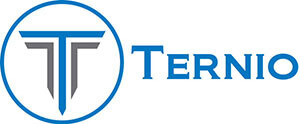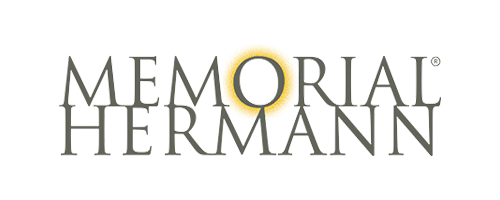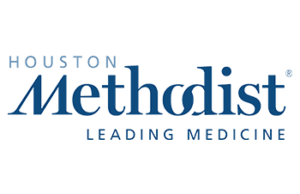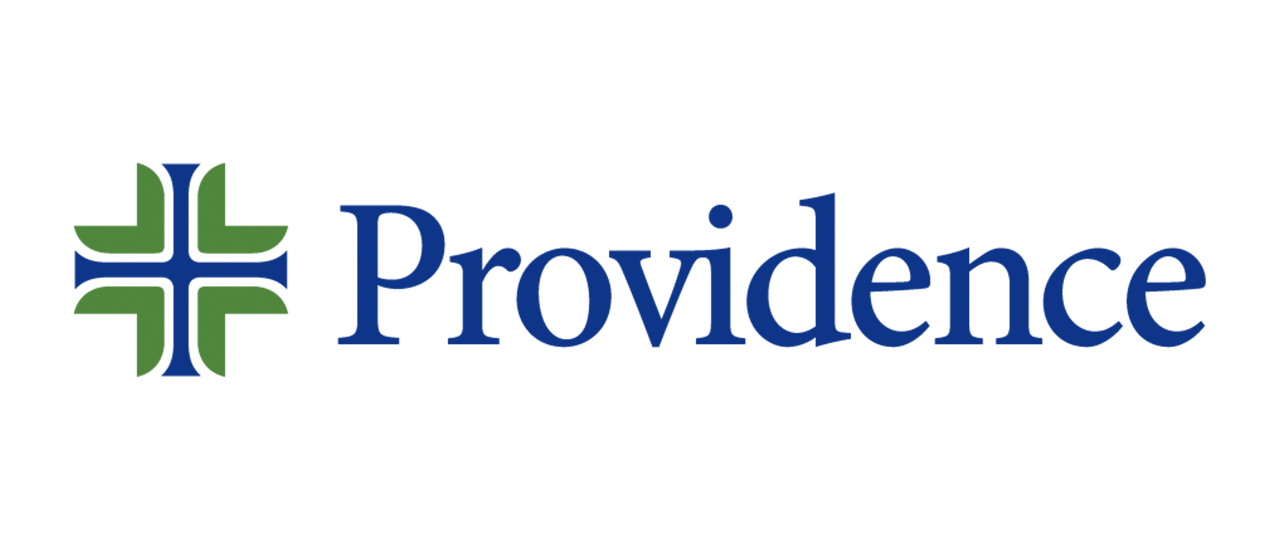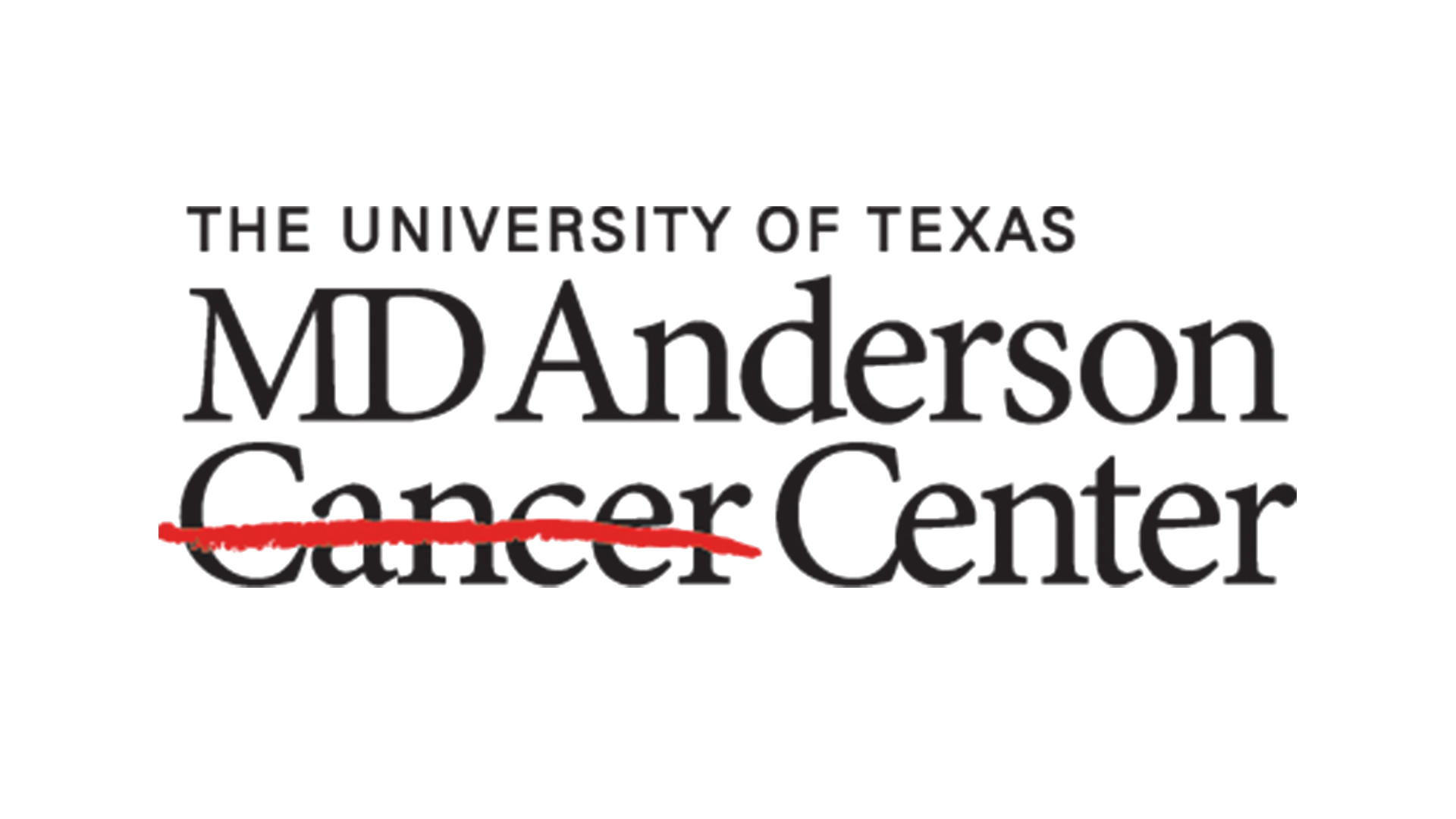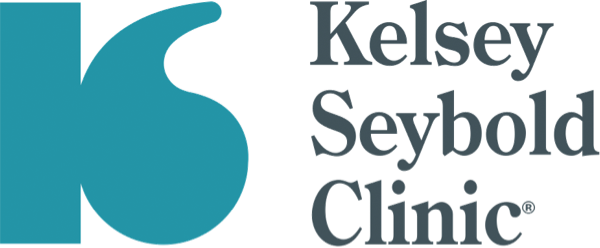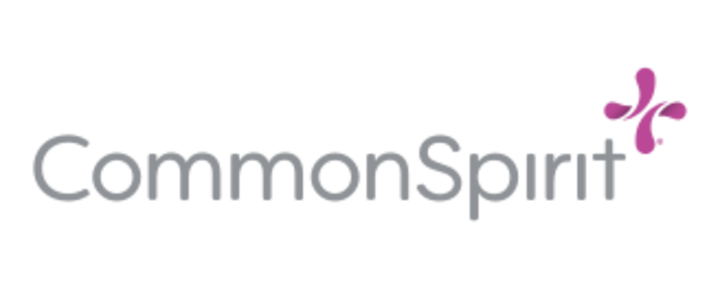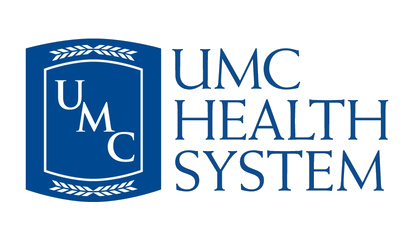Are hospitals investing enough?
Ternio Newsroom Staff | May 20, 2022
The Challenge of Declining Operating Margins
The numbers tell the story. Compared to pre-pandemic levels, hospital operating margins were down by 16.5% in 2021 (without CARES Act funding)[i]. In addition to lower patient volumes, labor and non-labor expenses contributed to the problem in nearly equal measure, up 19% and 20% respectively, according to a recent study by Syntellis. Though operating margins have shown some recovery in February and March 2022, they are still down nearly 49% year over year.
The Supply Chain: Target-Rich Environment for Savings
In the search for cost reduction opportunities, the supply chain represents what is referred to in the military as a “target-rich environment”. An estimated 30% of hospital operations goes to the supply chain[ii], an amount second only to labor costs. Multiple studies show that between $23 billion and $24.5 billion in unnecessary supply chain spending is occurring in US hospitals annually. That’s an average of more than $10 million per year per hospital that can be saved or approximately 18%.
Basic economics dictates that margin recovery can be accelerated by increasing prices or by reducing costs (or both). Market dynamics and healthcare regulation present many challenges to the former, which is why astute healthcare providers are placing their focus squarely on the latter.
So where and how to find the savings within the supply chain? Pharmaceutical costs, though the largest supply item target (5% to 10% of the total 30%) presents challenges. Saving money by increasing the use of formularies are possible, but the expected cost reductions in this area are limited and may yield disappointing results. Commodity clinical supplies such as tongue depressors, paper products, office supplies, etc. also do not present a huge savings opportunity, as 96% of hospitals now use a group purchasing option, extracting prices from suppliers that are already comparable and competitive.
Big Price Variation = Big Opportunity
The best areas for supply chain savings are where prices vary widely.
Physician preference items top this list (followed by janitorial, food, and other services in a distant second place).
Here’s how to identify cost-saving opportunities and implement process improvement strategies within the supply chain:
- Use analytics
- A recent Sage Growth Partners survey revealed that just 14% of hospital supply chain decision-makers said that they have visibility of cost-saving opportunities in the supply chain. Assuming for the moment that the supply chain data is available (documented), it needs to be analyzed. Analysis of this data helps reveal seldom (or never) used physician preference items and assures that items are used before they expire. For areas such as surgical PPI, which typically accounts for 40% to 60% of a hospital’s total supply cost[iii] this can be particularly impactful. Good data analytics can also inform and drive hospital or group-wide standardization of processes to facilitate enhanced patient outcomes as well as a better bottom line.
- Maximize throughput; increase efficiency
- Reliance on outmoded, labor-intensive, manual systems is one of the main drivers of waste and delay in the OR supply chain. Supply chain management automation platforms and AI technologies reduce labor costs and eliminate human errors and increase throughput. Implementing processes and technologies that provide reliable, timely, and accurate instrument counts (such as RFID and barcode scanning) will reduce lost time and elevated risk incurred when clinicians must leave the OR to hunt down missing supplies.
- Demand Forecasting
- Stockouts, errors, and inappropriate inventory levels plague the typical hospital supply chain. Accurate demand forecasting is no longer a luxury – it is a necessity. Supply chain management platforms employing AI have shown the potential to cut forecasting errors by 20% to 50%. This reduces the likelihood and severity of supply shortages, a significant contributor to workflow inefficiency. Supply platforms that include AI and demand forecasting tools (and “play well” with existing technologies) should be prioritized.
- Labor
- There is a significant savings area where “labor” and “supply chain” intersect. Most C-level executives believe that their organizations manage the supply chain well, but they fail to recognize the multiplicative effect of supply chain problems on clinical staff. These problems contribute significantly to employee retention and morale issues. (86% of nurses report that their current supply chain documentation systems cause them stress[iv]). Tools that enable clinicians to work smarter, not harder reduce stress and improve job satisfaction and employee retention.
While the technology tools are important, the supply chain “bus” still needs a human driver. Top-performing hospitals typically have an experienced supply chain leader with proven communication and negotiation skills who is fully integrated into boardroom planning and strategy discussions. According to a recent Navigant study, this has proven to be the winning formula for hospitals that rate consistently at the top for both supply chain metrics and quality.
[i]Syntellis Performance Trends, February 2022
[ii] West Monroe Perspectives, May 2021
https://www.westmonroe.com/perspectives/point-of-view/healthcare-supply-chain-processes-outcomes
[iii] National Library of Medicine, January 2018
https://www.ncbi.nlm.nih.gov/pmc/articles/PMC5768327/
[iv] Sage Growth Partners Study, April 2021
